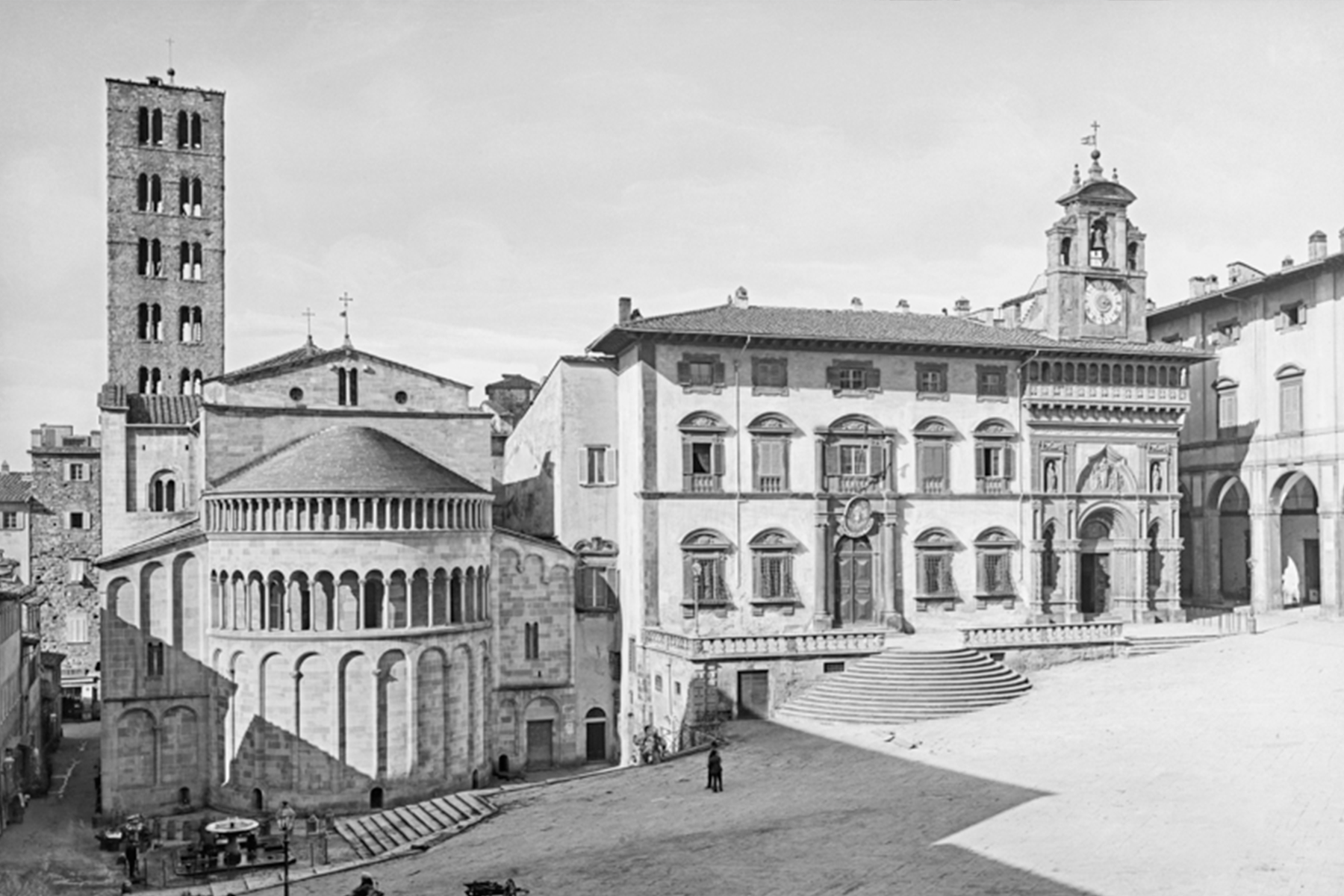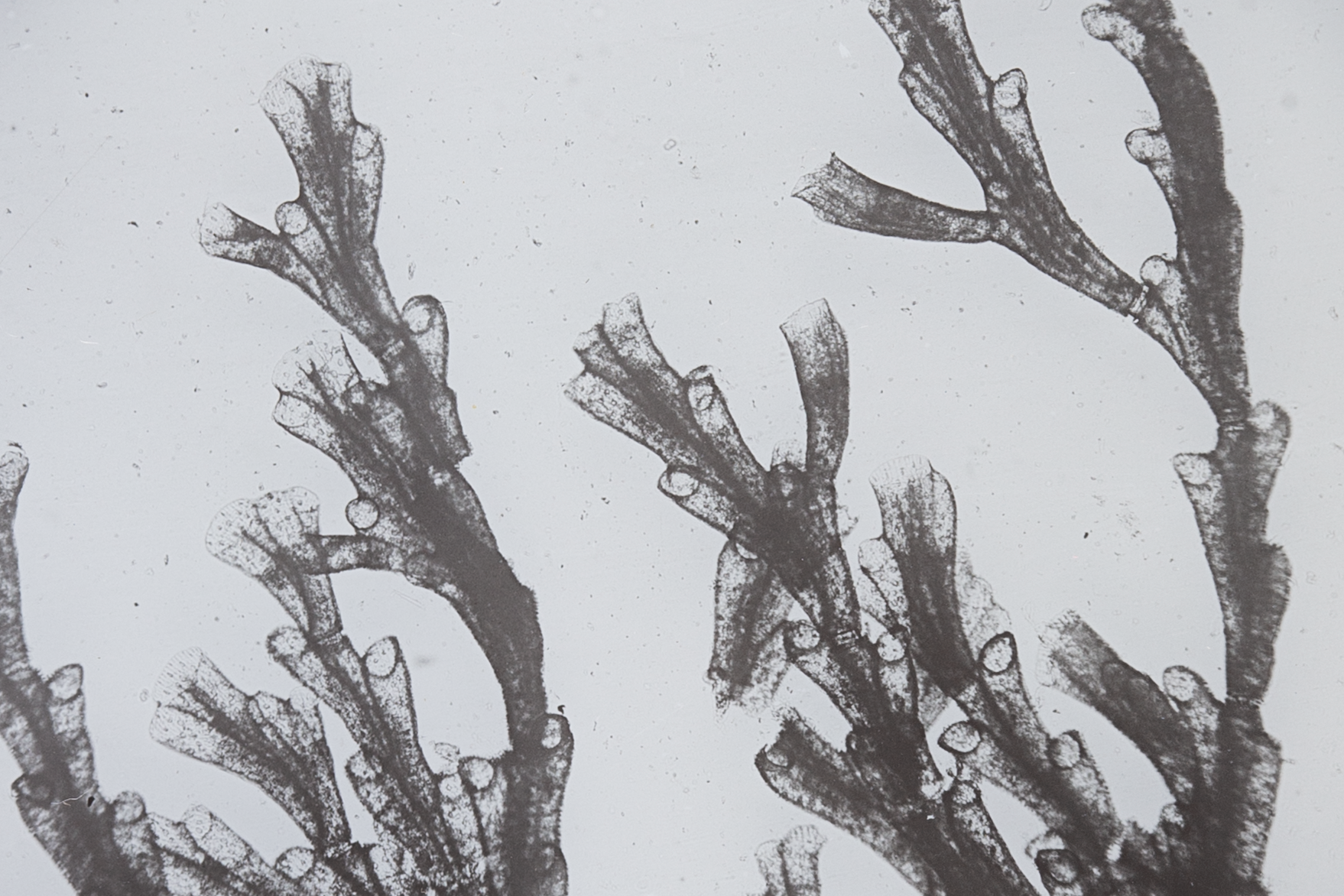projects | exhibition
MIRABILIALINARI.10 short films on 10 objects from the Alinari archives
MirabiliAlinari is the new project by Fondazione Alinari: 10 short films passionately presented by experts to discover the Alinari wonders, a surprising and extraordinary photographic archive, partly still unknown.
Each short film focuses on an object chosen for its rarity, preciousness and for the story it is able to tell, highlighting the experiments of early photographers, the material substance of analogic photography and its "curious" - for us today - modes of fruition.

The project starts from the oldest item in the Alinari collection, the "Florence under the snow" daguerreotype, dated 1841, and lands to autochrome, the first twentieth-century color photographic process.
In this 10-step journey through the archive, not just photographic techniques are being discussed: each object brings with it a particular story that shed light on broader aspects of the social (the Crisanti board) and political (the Congrés de Paris album) history of the 19th century or on the poetics of an artist, as in the case of Wilhelm von Gloeden's camera.
Just as the pilgrims of the Middle Ages used the Mirabilia urbis, the first guides to the monuments of Rome, with this project we intend to accompany the curious and enthusiasts on a visit to the extraordinary Archive that was established under the name of the great and admirable Alinari Brothers.
The project was made possible thanks toFondazione Sistema Toscana
With the contribution ofUnicoop Firenze
On the occasion of"Archivi Aperti" initiative by Rete Fotografia
The daguerreotype of Florence under the snow
The daguerreotype portraying Florence under snow – The oldest photograph in the Alinari Archives (1841 ca.)
illustrated by Emanuela Sesti, art historian
Emanuela Sesti illustrates the oldest photographic item in the Archive, an early and unique picture of urban landscape under a snowfall, at the dawning of photography, in a cultural atmosphere where science and experimentation were growing intertwined.
The Congrès de Paris Album
TheCongrès de Paris Album - A valuable photographic source for European history (1856)
illustrated by Luigi Tomassini, photography historian
The victors and the vanquished gather at the Congress to sign the peace conditions at the end of the Crimean war. The powerful of the planet stand in pose in front of the photographic lens. Luigi Tomassini tells us how political hierarchies can be traced in the composition sequence of the album at a time when photography was gradually taking an important role in communication.
Von Gloeden's camera
Von Gloeden's camera - Artist's shots
illustrated by Monica Maffioli, photography historian
Wilhelm von Gloeden's 30x40 cm glass negative plate camera was used by the photographer to make many of his famous images, such as "Cain" and "Elegie". Monica Maffioli guides us through the artist's creative universe and the tortuous events that accompanied the history of Baron von Gloeden and his archive.
Daguerreotype portrait of a little girl
Daguerreotype portrait of a little girl - The restoration of the UNICUM collection
illustrated by Barbara Cattaneo, restorer at Opificio delle Pietre Dure
Barbara Cattaneo introduces us to the universe of conservation and restoration of unique objects such as daguerreotypes, i.e. the images obtained thanks to the earliest photography procedure. The different materials used to keep those precious images - frames, cases, fabric linings - can sometimes provide us with surprising information about the subject of the portrait.
The ambrotype pictures of Crisanti's billboard
The ambrotype pictures of Crisanti's billboard - The catalogue on billboard of an early photography establishment (circa 1859-1865)
illustrated by Francesca Bongioanni, conservator, Fondazione Alinari per la Fotografia
On the border with the Vatican State, photographer Paolo Crisanti exhibits the commercial catalogue of his company: 57 portraits, ambrotype pictures, gathered within a single frame. As a whole, the billboard represents a unique testimony, a social cross-section of the small community of Acquapendente in the second half of the 19th century.
The megalotelescope by Carlo Ponti
The megalotelescope by Carlo Ponti - An ingenious device
illustrated by Anna Giatti, conservator and restorer
The Megalotelescope designed by Carlo Ponti around 1870 introduces us into the realm of entertainment and of socialite circles of nineteenth century higher middle class. Anna Giatti shows us its functioning and its spectacular effects such as the fading from daylight to dark of a Venetian view or the eruption of Vesuvius, revealing its bizarre mechanism. An early example of the ever relevant investigation on the relationship of reality, vision and perception.
Negatives on paper
Negatives on paper - Calotypes in the Alinari collections
illustrated by Marta Magrinelli, archivist
Calotype, precious and rare negatives on paper in the Alinari collections, is the first procedure that allows to reproduce photographs. With Marta Magrinelli we trace back the major steps in the story of this technique and appreciate the mesmerizing appeal of these precious and fragile works on paper.
outher projects

Mapplethorpe - von Gloeden Beauty and Desire
The photographs by Robert Mapplethorpe, Wilhelm von Gloeden and the Fratelli Alinari are exhibited in an original visual journey that underlines...

Sognando i corsari. Livorno and the sea in the Alinari Archives
Through the lens of photographers who have lived, portrayed and loved the city of Livorno, a journey of over a century, from 1845 up to the 1960s,...

Italy is a desire. Landscapes and visions in photography from 1842 to 2022. The Alinari and Mufoco collections
Discover the italian landscape through a journey inside the public collections of Fondazione Alinari and of Museo di Fotografia Contemporanea.

La sottilità dell’aria. Arezzo and its territory in the Alinari Archives
One hundred years of history of the Arezzo area, from 1856 to 1954, through the images of the great photographers and publishers Alinari and Brogi,...

Enhancement of the Giorgio Roster Archive
Fondazione Alinari per la Fotografia and Museo Galileo are working at a digitization project of the Giorgio Roster archive, whose collection...

Fotografe! Women Photographers: Alinari Archives to Contemporary Perspectives
The gaze of women through the history of photography, from its origins to young contemporary artists.

Enhancement of the most important Italian collection of unique photographs
A project focused on the conservation, restoration and dissemination of the largest collection of unique photographic items from the Alinari...

Il formidabil monte. Il Formidabil Monte. Vesuvius in the photographs of the Alinari Archive
A curse and a blessing over the Gulf of Naples, the sterminator Vesevo (Vesuvius, the destroyer) celebrated by Leopardi is at the core of...

Italiae From Alinari to the masters of contemporary photography
An initiative by the Italian Ministry of Foreign Affairs and International Cooperation. Exhibition produced by Fratelli Alinari Idea SpA; promoted...



